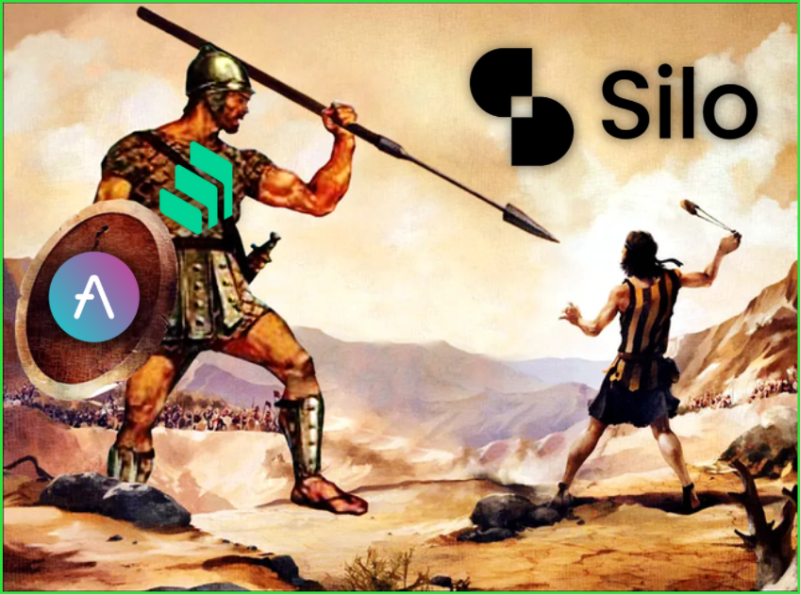Upstart Silo Finance Preps Token Sale in Challenge to Aave and Compound
A new DeFi lending platform called Silo is betting its new model will challenge Aave and Compound.
By: Owen Fernau • Loading...
DeFi
An upstart is about to take on DeFi lending giants Compound Finance, Aave and Rari Capital. It’s called Silo Finance and the protocol is opening a token sale on Dec. 6 in its bid to win web3 glory. Silo’s edge: a new model.
The main differentiator for the protocol is a design that places deposited and borrowed tokens in individual “silos” as opposed to in one pool, which is how Compound and Aave do it.
In theory, Silo’s approach mitigates risks which stem from having many assets in one pool; a user can artificially inflate the value of their deposited token, allowing them to borrow a large amount of another token against the inflated one. If the inflated tokens’ value falls below that of the borrowed one, the borrower can simply not return the token, leaving the system with bad debt.
This happened in May with the Venus protocol on Binance Smart Chain, when the project’s XVS token spiked allowing people to borrow large amounts of tokens against their XVS collateral. When the XVS token plummeted, people didn’t return the assets borrowed against the token, leaving the system with bad debt.
Universal Debt
Silo Finance aims to avoid this problem by pairing each token with an intermediate asset, ETH. So when a depositor wishes to borrow against token A, they’re actually borrowing ETH, depositing it into the silo with token B, and then borrowing token B against the newly deposited ETH in a separate silo.
This makes it so that if an attacker tries the same trick by inflating token A’s price, they can still borrow token B but the risk is isolated to the ETH in the silo. The intermediate step of bridging ETH to the second pool makes it so whatever happens with token A, token B is being borrowed against ETH, isolating it from token A.
“The bridge asset is a universal debt underwriter in the system,” Silo’s co-founder Aiham Jaabari told The Defiant. Users will be able to generate returns by depositing their ETH in silos with the riskier assets generally yielding higher returns.
Unlimited Pools
Jaabari likened Silo to a series of Compound Pools which only contain two assets, one of which is always ETH. If one pool, or silo, has bad debt, that doesn’t extend to the rest of the system as it does in pools with many assets.
Compound and Aave restrict the assets in their pools partially because of the possibility that one manipulated asset can ruin the bunch. Rari iterated on the idea by making unlimited pools, each with their own risk profile. Silo is jamming on the idea by making the pools unlimited, but restricting them to only two assets, one of which is ETH.
Jaabari recounted talking to people from the Amp project, which offers the AMP token which bills itself as a universal collateral token designed to facilitate fast transfers.
“They have around $500M off-chain, but they don’t trust any lending protocol,” said Silo’s co-founder. “They just want to build one lending pool for ETH-AMP and let people borrow and lend. They don’t want to be part of a big pool with many tokens.”
Lending Options
Jaabari believes there are more projects like Amp waiting for lending options isolated from other assets aside from ETH, which is generally trusted.
Silo’s upcoming token auction comprises 10% of the total supply and will be conducted with a Gnosis Auction. The project considers itself part of the DeFi 2.0 wave and up to 85% of the funds raised in the token sale will be locked in the project’s treasury to bootstrap liquidity on the platform.
The largest chunk of tokens will go to the community treasury and 45% will vest over the next three years.
Advertisement
Get the best of The Defiant directly in your inbox 💌
Know what matters in Web3 with The Defiant Daily newsletter, every weekday
90k+ investors informed every day. Unsubscribe anytime.